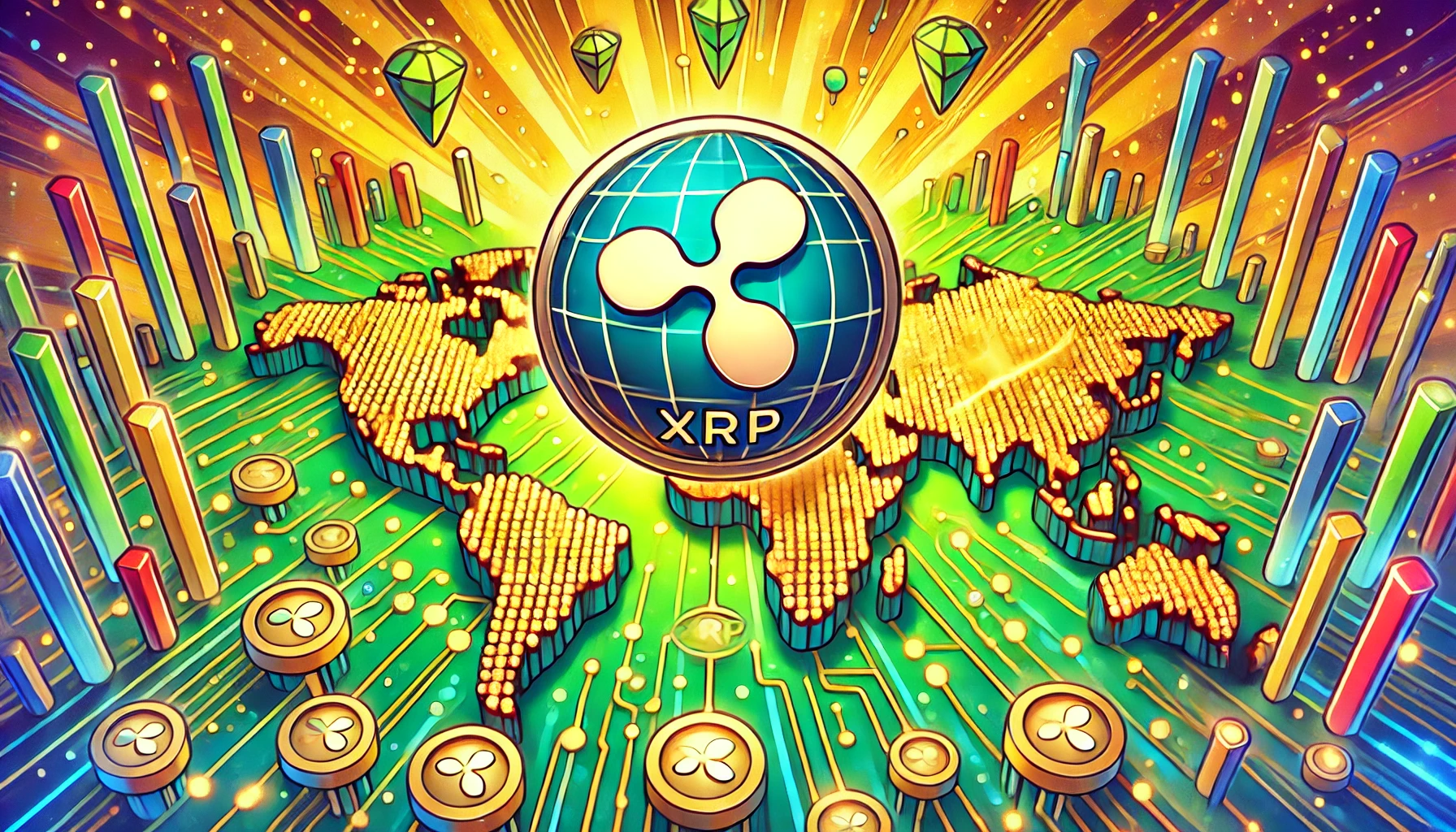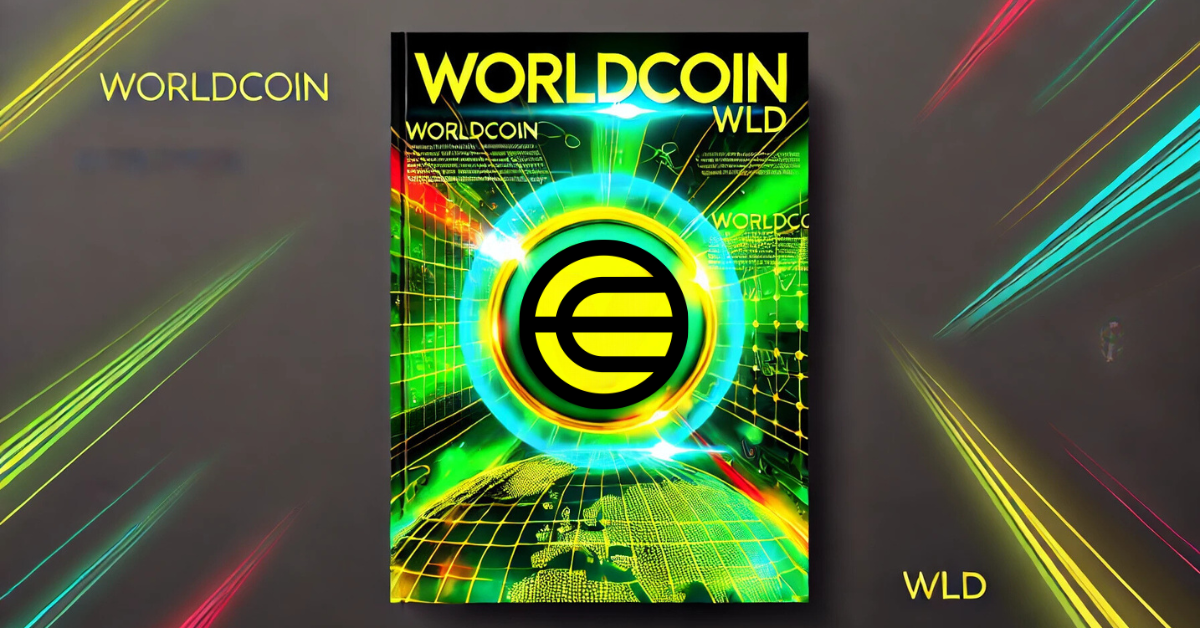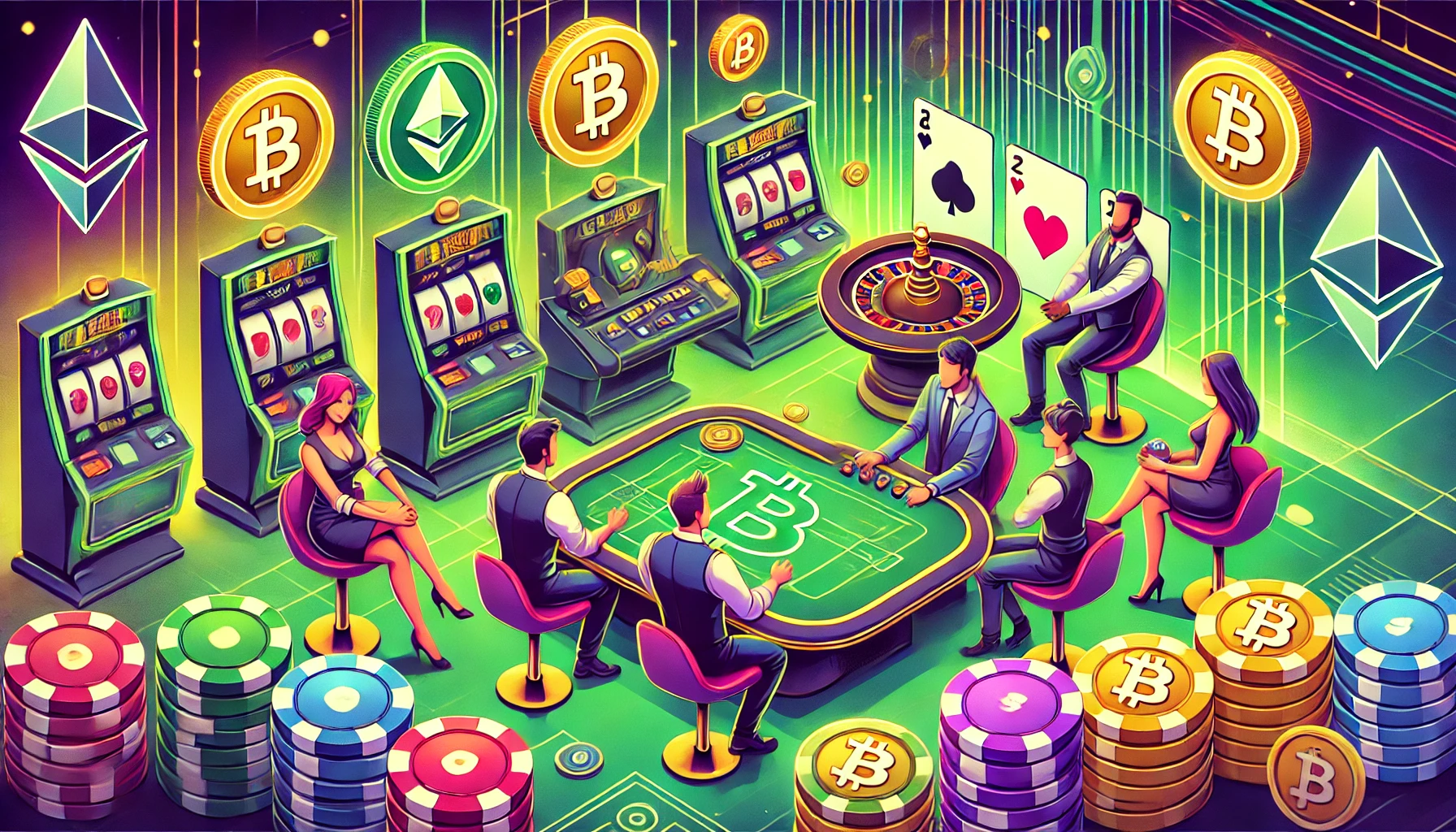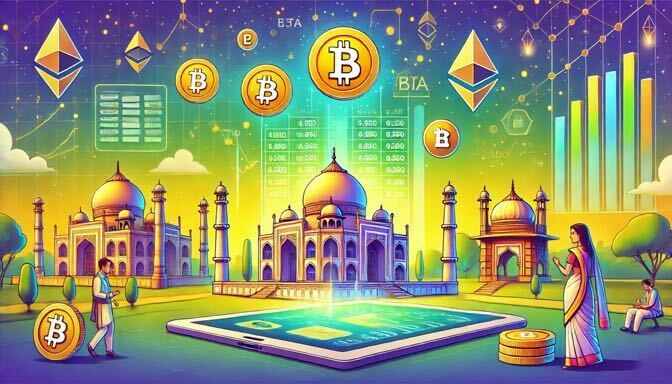The entire world of cryptocurrency can be daunting due to the use of terms like Ripple as a payment service provider and XRP ledger (XRPL) existing as a digital currency all within the XRPL ecosystem. However, this blockchain technology-based payment solution provider and its digital currency which exists on the XRPL network are not the same thing
This article focuses on the significance of each concept and their contribution towards the improvement of international payments.
Ripple and XRP: Quick Recap
Ripple happens to be a developer of blockchain payments while a currency operating on the XRPL is called XRP.
Ripple has developed a patented system that helps banks, financial institutions, and different corporations in receiving and sending funds faster. One of the flagship inventions is RippleNet which processes cross border remittances instantly in seconds. At the same time XRP is used as the currency that aids international transfers, serves as the bridge currency, reduces costs, and increases liquidity.
As can be seen, debates on the level of control Ripple has over the token usually receives more attention than the actual asset. Where Ripple always seems to have the upper hand in these debates is the fact they hold a large number of their tokens in escrow accounts.
What Is Ripple?
Chris Larsen and Jed McCaleb collaborated to create Ripple in 2012, with the objective of developing a global payment solution for its users. Ripple provides real-time settlement, transaction and messaging for users.
Furthermore, Ripple is famous for creating RippleNet—a decentralized global network that links payment providers, banks as well as digital asset exchanges—to speed up global money transfers without any hassle.
Key Features of Ripple’s Payment Solutions:
- On-Demand Liquidity (ODL): It removes the need for pre-funded accounts by using XRP to facilitate instant currency exchanges.
- Fast and Low-Cost Transfers: RippleNet transactions are ideal for all financial institutions since they are settled in seconds.
- Enterprise-Focused Solutions: These solutions are designed for businesses unlike many other tools developed in the crypto space.
Ripple is known to fund its development and partnerships through monthly releases of a portion of scrapped 38% of total XRP. This is the reason people mix Ripple with XRP. In reality, they operate independently through the XRP ledger.
- Click here to check out the best crypto tax software
What Is XRP?
XRP is an alternative to traditional banking systems because of its fast, cost effective transactions. It is an asset aimed to provide a high level of scalability and efficiency.
Why XRP Stands Out:
- Speed: Transactions settle in 3-5 seconds, significantly faster than Bitcoin or Ethereum.
- Low Fees: Transactions cost only a fraction of a cent, making it ideal for micropayments.
- Energy Efficient: Unlike Bitcoin, XRP does not rely on mining, making it more sustainable.
Ripple holds about 38% of the total XRP supply in escrow, releasing a portion each month to fund development and partnerships. This is why people often associate Ripple with XRP, even though the XRP Ledger operates independently.
All 100 billion XRP tokens were pre-mined at launch, with a portion distributed to Ripple for development purposes. Despite this, the XRP Ledger itself remains decentralized and open-source, allowing anyone to use it without needing Ripple’s permission.
What Is the XRP Ledger (XRPL)?
The XRP Ledger (XRPL) is the blockchain network that powers XRP transactions. Created by David Schwartz, Jed McCaleb, and Arthur Britto, it is an independent, decentralized, and highly scalable blockchain.
Key Features of the XRP Ledger:
1. Tokenization
XRPL allows users to create and issue tokens representing real-world assets like stablecoins, commodities, or NFTs. This expands its use cases beyond just payments and enables asset digitization on the blockchain.
2. Built-In Decentralized Exchange (DEX)
The XRPL includes a native DEX where users can trade various assets directly on the blockchain without intermediaries. This feature supports an unlimited number of currency pairs, making it a powerful tool for trading digital and tokenized assets.
3. Payment Channels for Micropayments
To enable high-speed and low-cost transactions, XRPL includes payment channels that allow for off-chain transactions with later settlement on the ledger. This feature is particularly useful for industries like streaming services and subscription models.
The XRP Ledger for Developers
XRPL is an open-source blockchain, making it accessible to developers who want to build applications. It provides:
- Client Libraries: Available in languages like JavaScript, Python, and Java, making integration easier.
- Testnets and Faucets: Developers can test applications with free test-XRP before launching.
- APIs and Interactive Tools: These help in testing, debugging, and optimizing transactions in real time.
The XRPL developer community continues to grow, supporting innovation in payments, DeFi, and tokenization.
Notable Projects Built on XRPL
Several blockchain projects are leveraging the XRP Ledger for different applications, including:
- Moai Finance: A multichain decentralized exchange (DEX) that enhances liquidity across different blockchains.
- Propto: A real estate investment platform using trustlines to ensure transparent and accessible property ownership.
- Alt DRX: A real estate tokenization platform that allows fractional ownership of properties.
These projects highlight the growing versatility of XRPL beyond payments.
Challenges and Criticisms of Ripple, XRP, and XRPL
Although it has its advantages, the Ripple ecosystem has a number of challenges:
1. Centralization Concerns
Ripple’s ownership of a large part of XRP rightly earns it the label of a controlling entity. Opposing factions claim that this gives Ripple undue leverage with respect to the supply and market of XRP.
2. Regulatory Scrutiny
Ripple has been fighting off legal actions from the SEC, which argues that XRP is a security. This has resulted in confusion surrounding the regulation of XRP in the United States.
3. Market Perception and Adoption
Although Ripple has made huge partnerships, the usage of XRP with cross-border payments is being adopted much slower than anticipated. It has been argued that adoption by traditional financial businesses has been reluctant.
4. Slow Development in DeFi
The XRPL, unlike Ethereum and Solana, has not been among the leaders in decentralized finance (DeFi). Smart contract adoption is still very low and these newer initiatives are aimed at changing that.
Conclusion
Ripple, XRP and the XRP Ledger are all intertwined, but play different roles. Ripple enhances its international reach by offering its payment innovations and other financial services, XRP serves as a digital currency that allows making transactions rapidly and at minimal fees, while the XRP Ledger is a powerful and multifunctional platform for building various blockchain applications. Knowing






